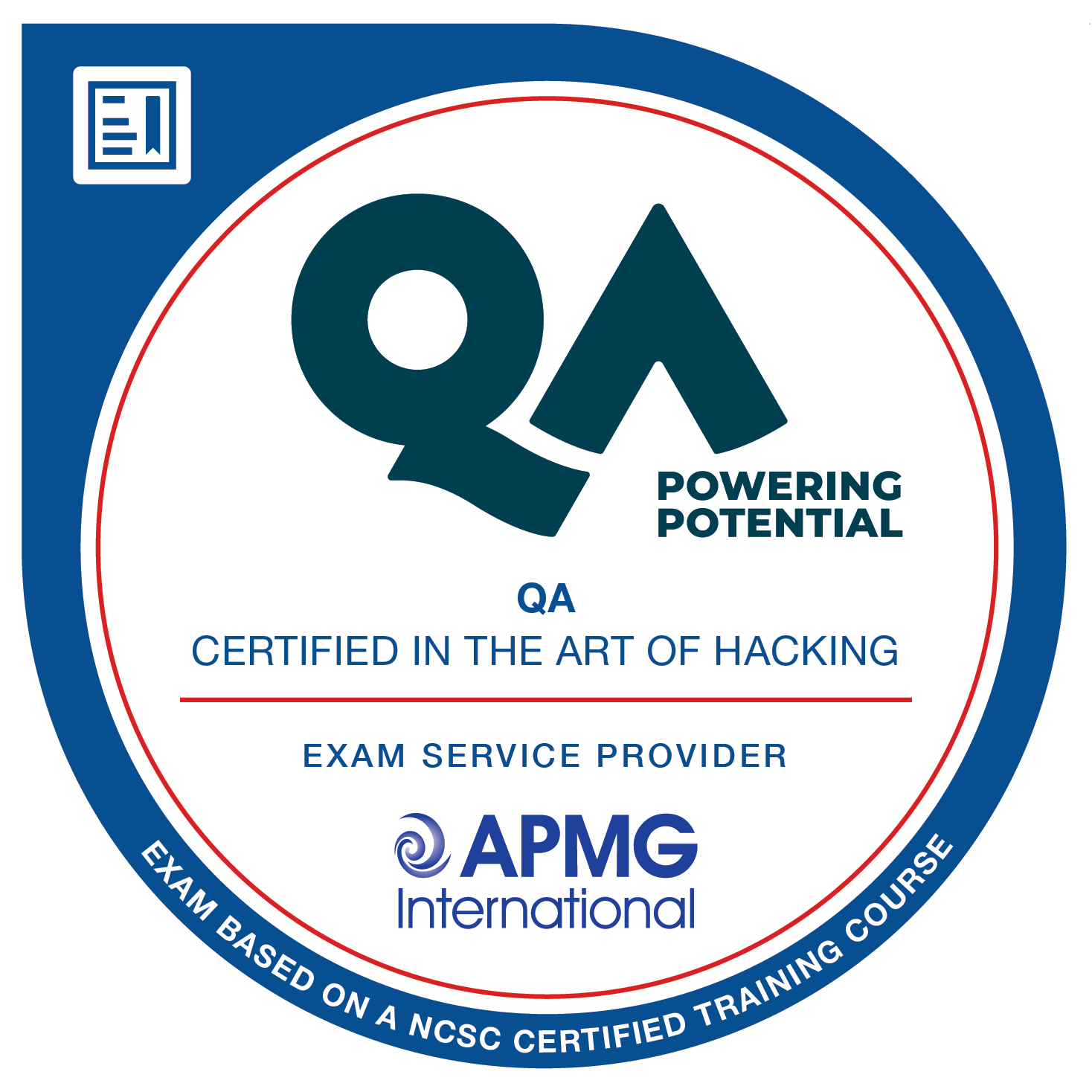Securing customer data is often crucial when deploying and managing web applications and network infrastructure. As such, IT administrators and web developers require security knowledge and awareness in order to secure their environment. Due to this requirement, operational staff often require hands-on training and experience to identify, control and prevent organisational threats. This introductory/intermediate technical class brings together Infrastructure Security and Web Application Security into a 5-day “Art of Hacking” class designed to teach the fundamentals of hacking. This hands-on training was written to address the market need around the world for a real hands-on, practical and hacking experience that focuses on what is really needed when conducting a penetration test.
This class teaches attendees a wealth of techniques to compromise the security of various operating systems, networking devices and web application components. The class starts from the very basic and builds up to the level where attendees can not only use the tools and techniques to hack various components involved in infrastructure and web hacking, but also gain solid understanding of the concepts on which these tools are based. This class combines a formal hacking methodology with a variety of tools to teach the core principles of ethical hacking.
Start to build the skills and confidence within your team to harden your infrastructure and web application perimeter and make your organisation a less attractive target for attackers. Trained delegates can:
Day 1
Day 2
Day 3
Day 4
Day 5
Exam:
Results: Candidates will receive individual emails to access their AMPG candidate portal, typically available two weeks post exam. If you experience any issues, please contact the APMG technical help desk on 01494 4520450

Join our public courses in our Norway facilities. Private class trainings will be organized at the location of your preference, according to your schedule.